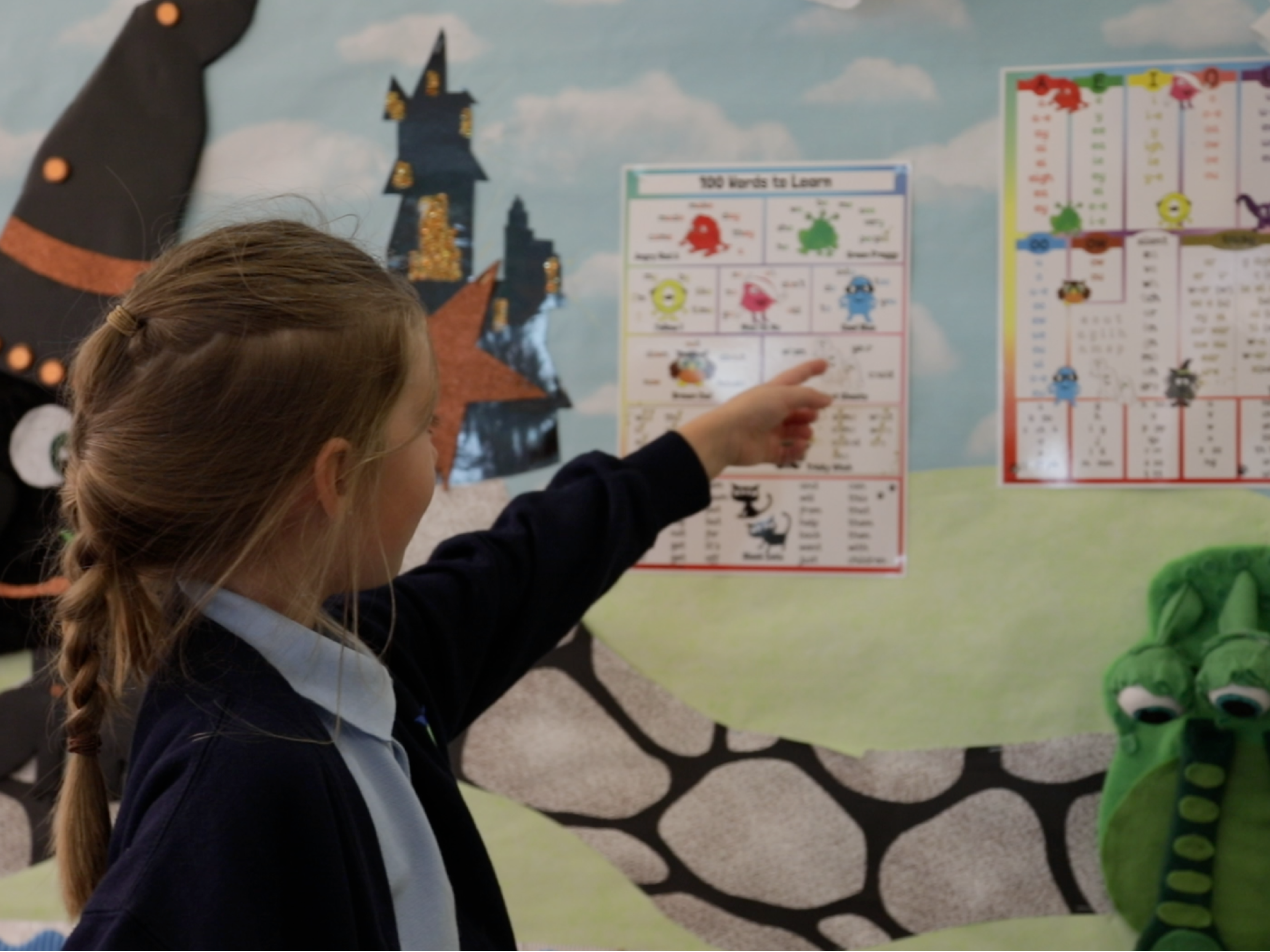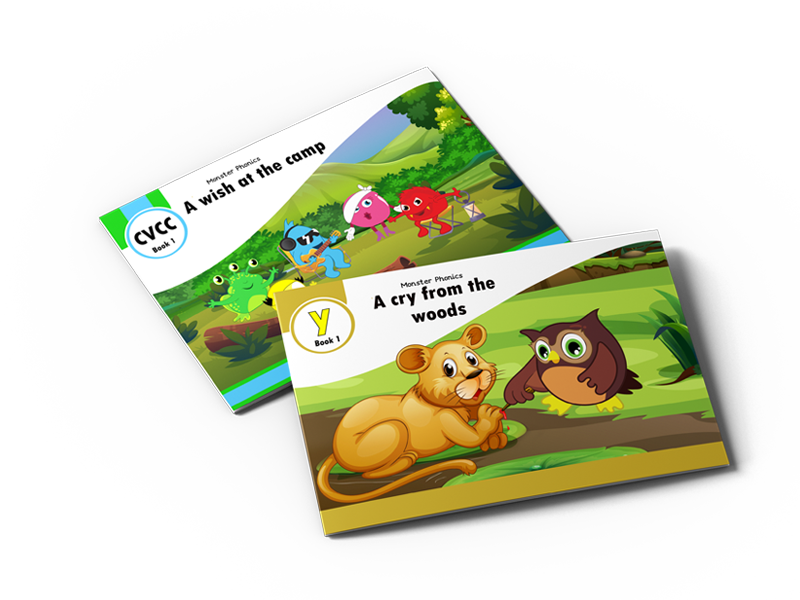Year 1 children take the Phonics Screening Check in June every year. Schools and parents can use our free online Phonics Screening Check to help prepare for the test. It’s easy to complete and will calculate and email scores to help track progress.

Start the Phonics Screening Check
Our additional paper Phonics Screening Resources provide practice of every spelling taught in Reception and Year 1. Pick and choose spellings to test.

Download Multiple Paper Phonics Screening Checks
Click here for further DfE check materials.
More about the phonics screening check
The test measures progress in phonics skills and knowledge gained throughout Reception and Year 1. The aim of the screen is to identify children who would benefit from additional support to catch up with their peers at this important early stage.
The check is carried out individually in one sitting, taking about 5 – 10 minutes. It is meant to be an informal and relaxed test with practice words to ensure that each activity is understood.
The test assesses the reading of
- One-syllable and two-syllable phonically decodable words by sounding out and blending graphemes.
- Nonsense ‘pseudo’ words in order to assess phonics skills in isolation without memory as a support. All pseudo-words are accompanied by a picture of an imaginary creature or ‘alien’. This provides a context (naming the alien) for children and ensures that they are not trying to match the pseudo-word to a word in their vocabulary.
The pass mark is called the ‘threshold’ and is published after the test. Schools report to both parents and the Local Authority by the end of the summer term. The results are not published in a league table. Children who do not pass receive additional support in school and repeat the check at the end of Year 2.
The government publishes a calendar of important dates for primary schools to plan for the key stage 1 and 2 assessments, including the phonics screening check. See the Assessment Calendar.
Test Structure
The check consists of 40 words divided into two sections of 20 words. Both sections contain a mixture of real words and pseudo-words.
Section 1
The words in section 1 have a variety of simple word structures (for example CVC, VCC, CCVC and CVCC) using:
- single letters (a, b, c, d, e, f, g, h, I, j, k, l, m, n, o, p, q(u), r, s, t, u, v, w, x, y, z)
- some consonant digraphs (ch, ck, ff, ll, ng, sh, ss, th, zz)
- frequent and consistent vowel digraphs (ar, ee, oi, oo,or)
Section 2
Words in section 2 will have a variery of more complex word structures (for example CCVCC, CCCVC, CCCVCC and two syllable words etc) using the grapheme phoneme correspondences (GPCs) from section 1 as well as the GPCs listed below:
- additional consonant digraphs (ph, wh)
- less frequent and consistent vowel digraphs, including split digraphs (a-e, ai, au, aw, ay, ea, e-e, er, ew, i-e, ie, ir, oa, o-e, ou, ow, oy, ue, u-e, ur)
- trigraphs (air, igh)
- alternative pronunciations (a, c, ch, e, ea, er, g, i, o, ou, ow, s, u, ue, u-e)
Colour-coding and monster sounds makes Monster Phonics easier to teach and easier to learn.
Watch this short video to see how Monster Phonics improves results.
Our free trial will also help you prepare for the test with free alien nonsense word and real word flashcards. The free trial gives teachers access to lesson plans, songs, activities, videos, in fact, everything you need to teach an outstanding phonics lesson. 13% more children pass the phonics screen after schools use the Monster Phonics programme. The 7-day free trial is limited to a wide selection of the lessons plans available. Not only will your phonics pass score improve, engagement and confidence in phonics will be greater.
On average, schools that fully embed the programme experience a 13% increase in the phonics pass rate in their first year, with up to 37% increases reported.
Take a free 7 day trial
Child-Centred and Delivers Results



